Arturia’s new MiniFreak is a polyphonic hybrid synth that goes where the MicroFreak didn’t... and it comes with a free VST version
Two sound engines, six voices and 37-note slim keyboard
Picking up where the paraphonic MicroFreak left off, MiniFreak is a new polyphonic hybrid synth from Arturia. This offers six voices, two sound engines, a 37-note slim keyboard, built-in stereo effects and both modulation and sequencing features aplenty. It also comes with a like-for-like plugin instrument, MiniFreak V, for free.
The twin digital sound engines can operate in more than 20 different modes. You can use these engines individually, stacked, or to process each other’s output for “unique compound sonic behaviour”.
The resulting sounds are then run through analogue filters. You can use MiniFreak as a 6-voice polyphonic synth, a 12-voice paraphonic one, or in monophonic or unison configurations.
Further sound design takes place in the modulation matrix, which offers the likes of polyphonic ADSR envelopes, customisable multi-segment LFO shapes, FM & ring modulation, and ‘Spice & Dice’ randomisation.
There are stereo outputs and three digital effect slots that you can fill with a choice of 10 FX types. These include chorus, three-band EQ and distortion.
The 37-note, velocity-sensitive aftertouch keyboard looks like a significant step up from the MicroFreak’s capacitive control surface, and should make it much more playable. There’s also sequencer/arpeggiator functionality and randomisation features.
The VST version of MiniFreak uses identical sound engines, modelled filters, presets and controls, so presets and your own sounds can be shared between this and the hardware.
Get the MusicRadar Newsletter
Want all the hottest music and gear news, reviews, deals, features and more, direct to your inbox? Sign up here.
MiniFreak is available to purchase now priced at $599/€599. Find out more on the Arturia website.
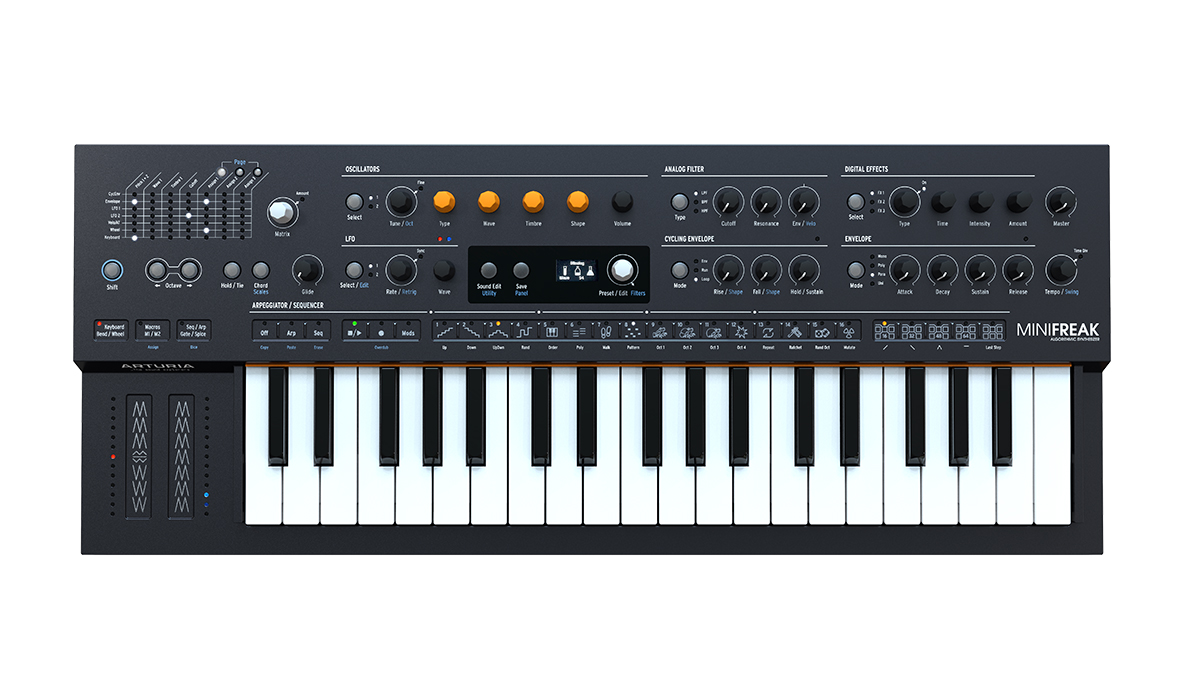
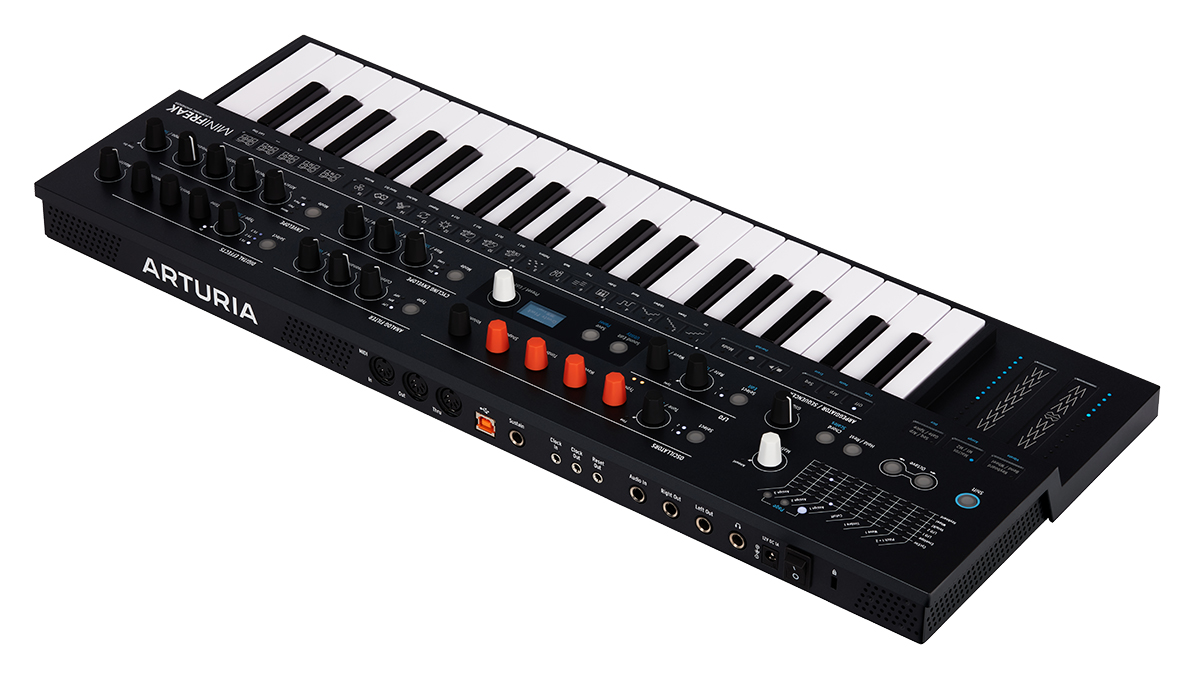
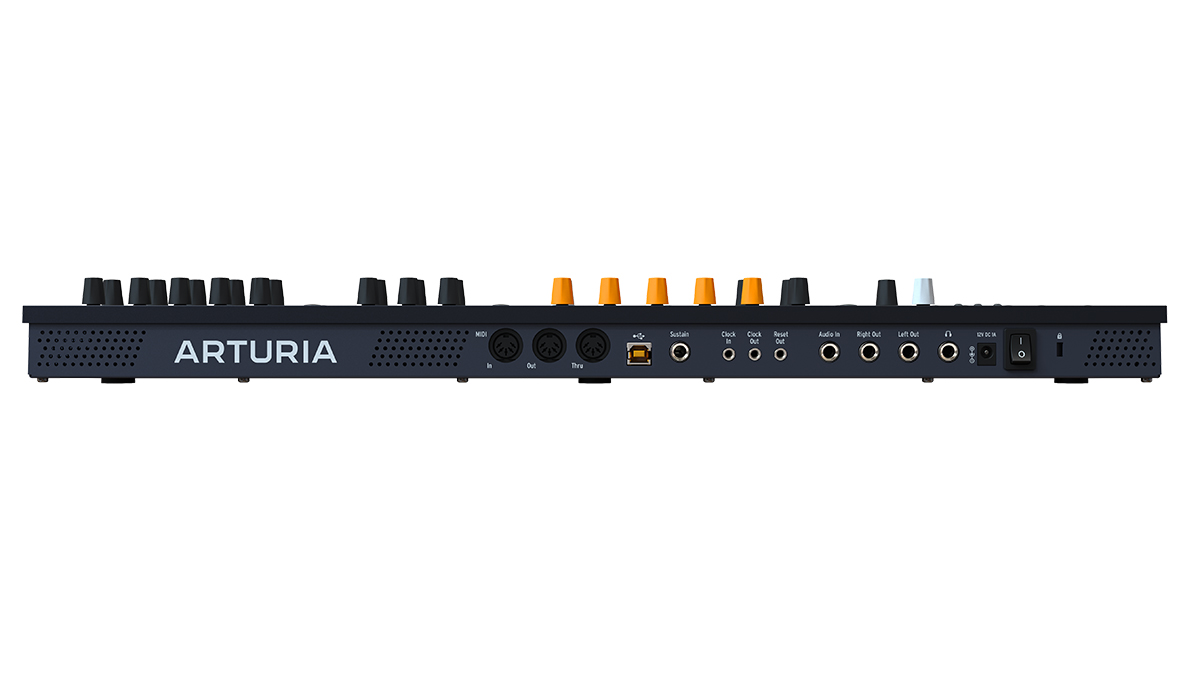
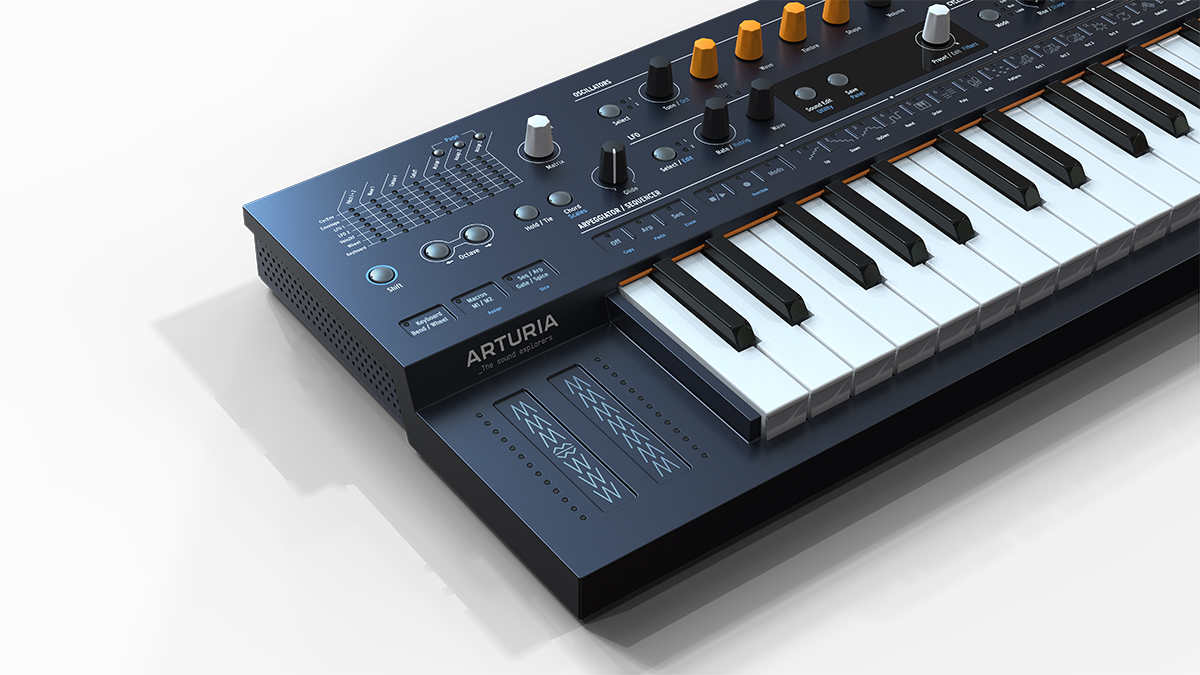
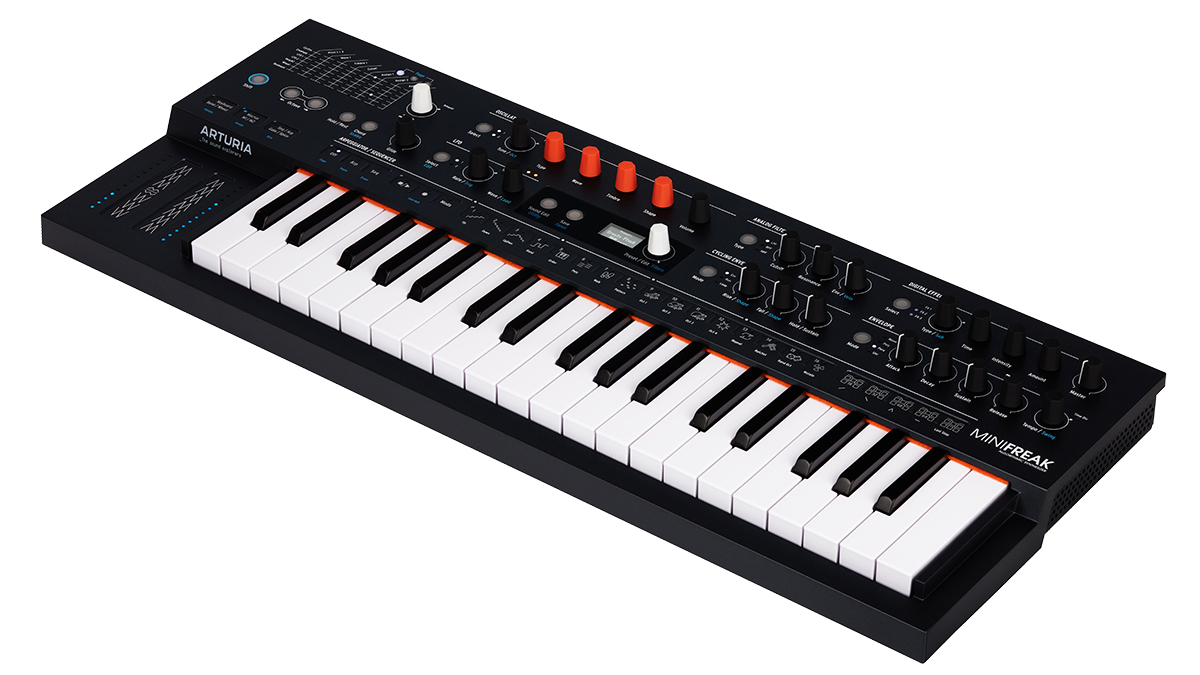



I’m the Deputy Editor of MusicRadar, having worked on the site since its launch in 2007. I previously spent eight years working on our sister magazine, Computer Music. I’ve been playing the piano, gigging in bands and failing to finish tracks at home for more than 30 years, 24 of which I’ve also spent writing about music and the ever-changing technology used to make it.
“Excels at unique modulated timbres, atonal drones and microtonal sequences that reinvent themselves each time you dare to touch the synth”: Soma Laboratories Lyra-4 review
“A superb-sounding and well thought-out pro-end keyboard”: Roland V-Stage 88 & 76-note keyboards review









